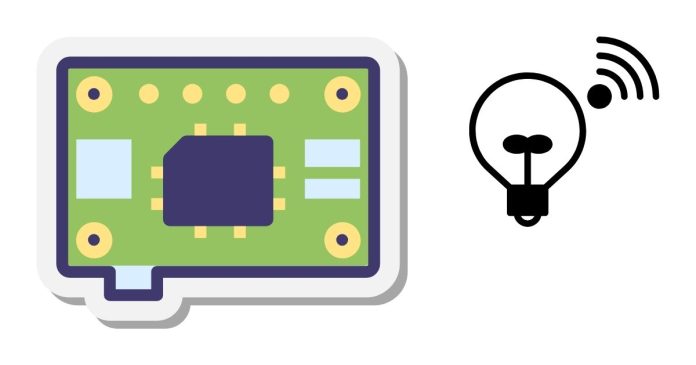Inter-Process Communication (IPC) is a critical aspect of modern operating systems, enabling processes to share data and coordinate their activities. On Linux, there are numerous IPC techniques available, each suited to different use cases. In this blog post, we’ll explore the key IPC mechanisms provided by Linux and help you decide which one to use for your specific needs.
What is IPC?
Before diving into the techniques, let’s briefly recap what IPC is. IPC allows processes running on the same machine or different machines to exchange data, synchronize their execution, or share resources. Linux offers several IPC mechanisms, each with its strengths and limitations. Choosing the right IPC method depends on factors such as performance, complexity, data size, and use case.
Common Linux IPC Techniques
Here are the most common IPC techniques available in Linux:
1. Pipes and FIFOs
- Pipes: Pipes are one of the simplest IPC mechanisms and are used for communication between related processes (e.g., parent and child).
- FIFOs (Named Pipes): Unlike regular pipes, FIFOs allow unrelated processes to communicate by reading and writing to a file-like object.
- Use Case: Simple, sequential data exchange between processes.
- Pros: Easy to use, supported by all Linux systems.
- Cons: Limited to unidirectional communication; not ideal for complex data structures.
2. Message Queues
- Message queues allow processes to send and receive messages in a structured format.
- Use Case: Asynchronous communication where processes need to send short, structured messages.
- Pros: Supports prioritized messages; asynchronous operation.
- Cons: Requires management of message size and queue limits.
3. Shared Memory
- Shared memory maps a region of memory that multiple processes can access.
- Use Case: High-performance scenarios where large amounts of data need to be exchanged.
- Pros: Extremely fast; no kernel involvement during data exchange.
- Cons: Requires synchronization mechanisms (e.g., semaphores) to prevent data races.
4. Semaphores
- Semaphores are used to control access to shared resources and synchronize processes.
- Use Case: Synchronization of processes accessing shared resources.
- Pros: Simple mechanism for managing access.
- Cons: Can be complex to manage in large systems.
5. Sockets
- Sockets allow communication between processes over a network or on the same machine.
- Use Case: Networked or local communication with a flexible protocol.
- Pros: Very flexible; supports bidirectional communication.
- Cons: More complex to implement compared to pipes or message queues.
6. Signals
- Signals are used to notify processes of events.
- Use Case: Lightweight event notification.
- Pros: Minimal overhead; simple to use for basic tasks.
- Cons: Limited data transfer capability.
7. D-Bus
- D-Bus is a higher-level IPC mechanism often used in desktop environments.
- Use Case: Communication between user applications and system services.
- Pros: High-level API; supports complex messaging.
- Cons: Not as fast as lower-level IPC methods.
Choosing the Right IPC Technique
The choice of IPC mechanism depends on your specific requirements:
| Requirement | Recommended IPC Technique |
|---|---|
| Simple, sequential communication | Pipes, FIFOs |
| Asynchronous messaging | Message Queues |
| High-performance data sharing | Shared Memory + Semaphores |
| Synchronization | Semaphores, Signals |
| Networked communication | Sockets |
| Desktop application communication | D-Bus |
Linux offers a rich set of IPC mechanisms, each designed to handle different scenarios. Understanding the strengths and limitations of each method is key to making the right choice. Whether you need high-speed data exchange, simple messaging, or network communication, there’s an IPC technique to meet your needs.
Do you have experience working with Linux IPC techniques? Share your insights or questions in the comments below!


